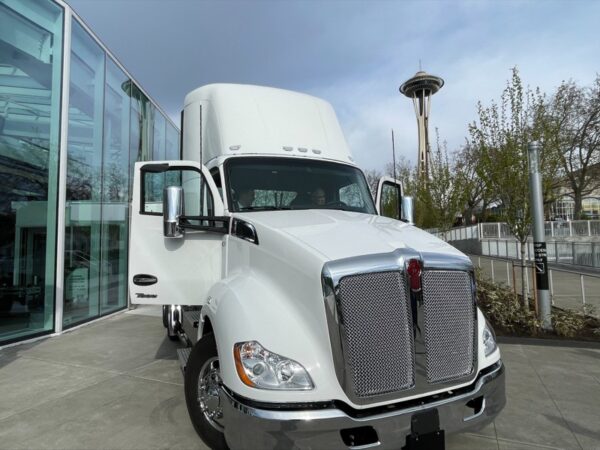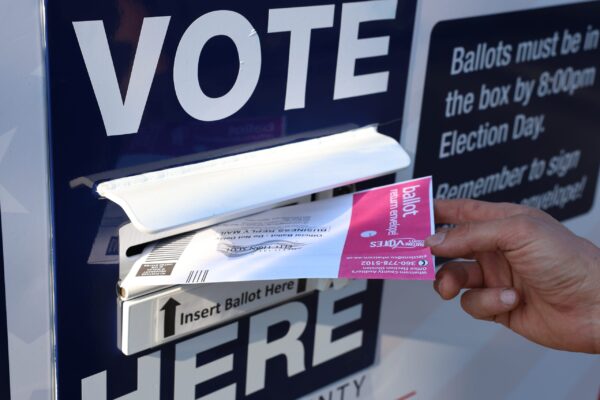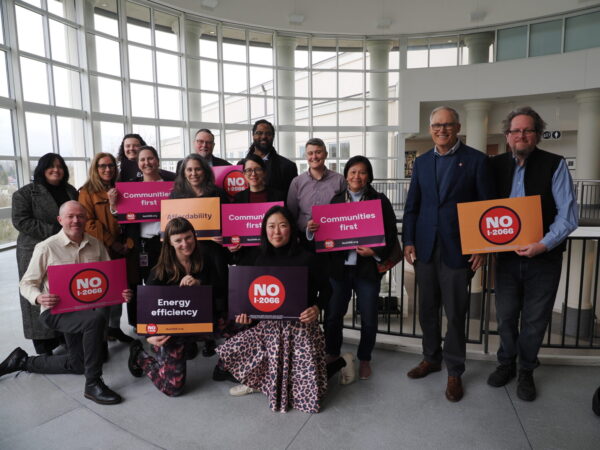In late August, a group of protesters, led by the Standing Rock Sioux, blocked construction sites for the Dakota Access pipeline at Cannon Ball, North Dakota. In the days that followed, more protesters — known internally as water protectors — joined the burgeoning camp, until their numbers swelled to the thousands. The protesters were diverse in their origins — some were Standing Rock Sioux, some came from other indigenous tribes, some came climate activist groups.
By the beginning of December — when the Army Corps of Engineers finally denied approval for the pipeline to cross beneath the Missouri River near the Standing Rock reservation’s main source of drinking water — the camp of protesters had grown to include military veterans, activists from other countries, even people who had chosen to give up their jobs to move to the camp permanently.
…
Becky Kelley, president of the Washington Environmental Council — an environmental organization now in its 50th year — has seen this realization take place from within the environmental community, especially in the last few years.
“There has been a growing recognition in recent years that we were viewing our environmental work in too much of a silo, as if environmental protection weren’t innately connected to all these other social and societal issues,” Kelley said. “We are recognizing that you really can’t silo off environmental protection and environmental degradation from how people are doing economically.”



